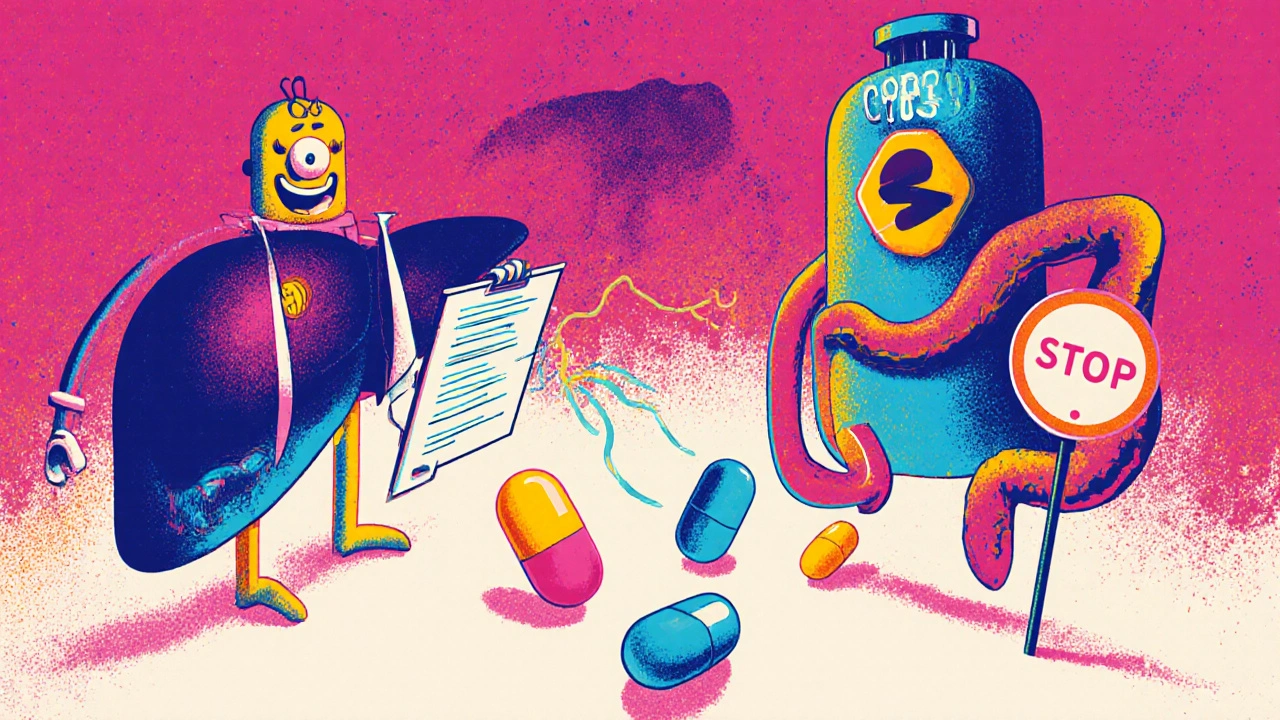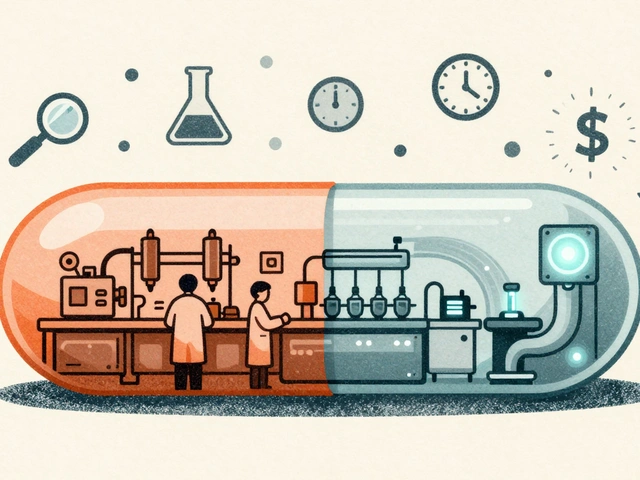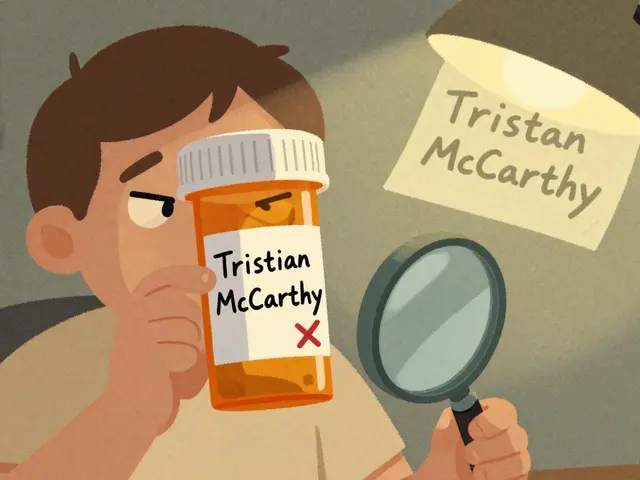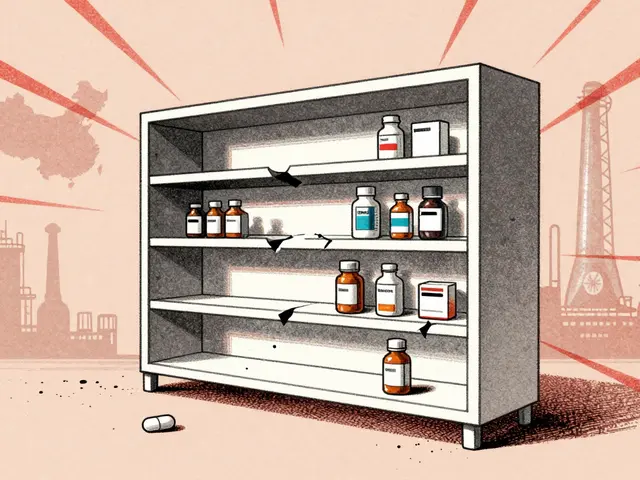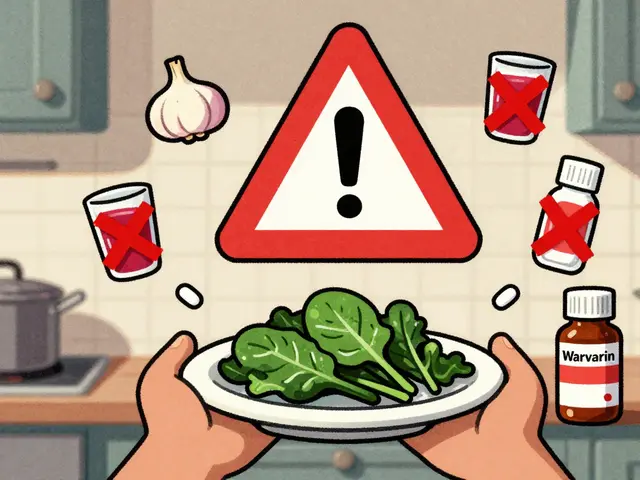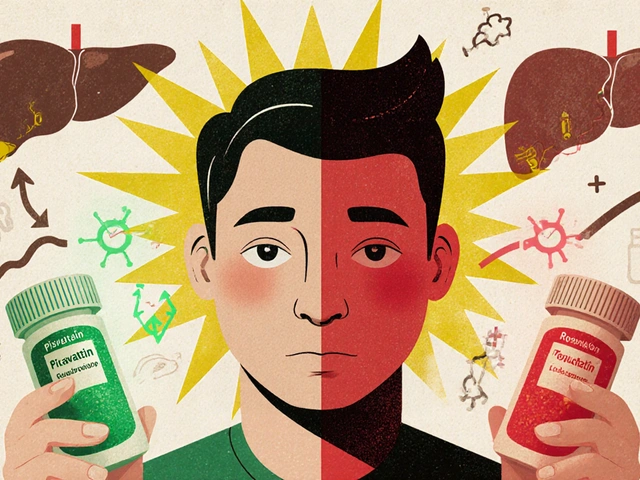Ritonavir: What It Is, How It Works, and What You Need to Know
When you hear ritonavir, a protease inhibitor used to treat HIV infection by blocking the virus’s ability to multiply. Also known as Norvir, it’s rarely used alone — instead, it’s the quiet helper behind many HIV treatment regimens. Ritonavir doesn’t just fight HIV directly. Its real power lies in how it slows down your body’s ability to break down other HIV drugs. Think of it like a speed bump for your liver enzymes. That means drugs like atazanavir or lopinavir stick around longer, work better, and let you take smaller doses. This boosting effect is why ritonavir shows up in so many combo pills and treatment plans.
But it’s not just about boosting. protease inhibitors, a class of antiretroviral drugs that stop HIV from assembling new virus particles like ritonavir are the backbone of modern HIV care. They’re part of what turned HIV from a death sentence into a manageable condition. And while newer drugs are easier to take, ritonavir’s boosting role keeps it essential — especially for people who’ve tried other treatments or need stronger viral control. But here’s the catch: it’s not gentle. It can cause nausea, diarrhea, and changes in body fat. And because it affects how your liver processes so many other medications, it can interfere with heart drugs, cholesterol pills, even some antibiotics. That’s why you need to tell every doctor you see — even your dentist — that you’re taking it.
antiretroviral therapy, the combination of HIV drugs used to suppress the virus and prevent progression to AIDS doesn’t work without precision. Ritonavir’s role in that system is technical, but the impact is personal. It lets people live longer, stay healthier, and reduce the chance of passing HIV to others. But it demands attention. Missing doses, mixing with alcohol, or starting a new supplement without checking with your provider can undo its benefits. The posts below cover real-world stories and science — from how ritonavir pairs with atazanavir in HIV treatment, to what happens when it clashes with common meds, to why some people switch away from it despite its effectiveness. You’ll find practical advice on managing side effects, understanding drug interactions, and making sense of your treatment plan. This isn’t just about a pill. It’s about how one drug shapes the entire path of living with HIV.
